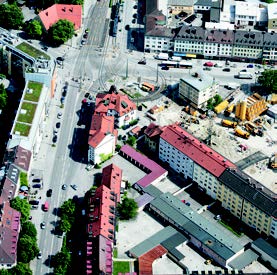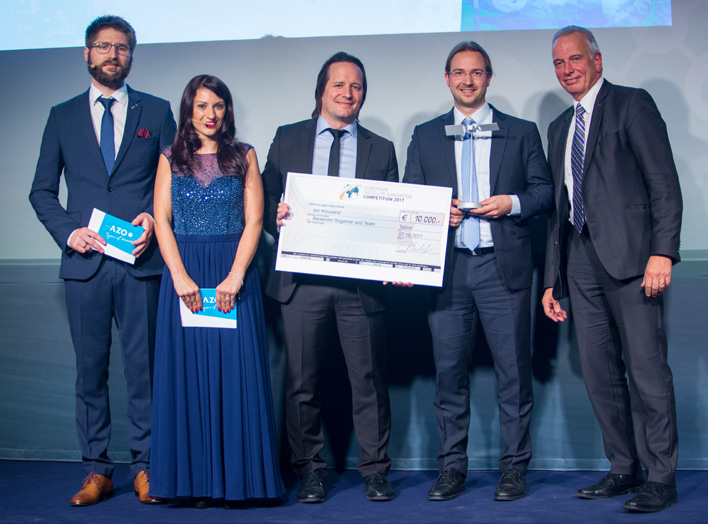Galileo PRS receiver
Galileo PRS (Public Regulated Service) is an encrypted navigation service for governmental authorized users and sensitive applications that require high continuity. Receivers for this service are currently cost-intensive and only suitable for mobile use in limited circumstances. Together with three partners, Fraunhofer IIS is developing a cost-effective and compact receiver implementation suitable for this PRS technology.


The encrypted Galileo PRS prevents time and positional information from being falsified. The PRS service is also more resilient to jammers than the OS (open service) alternatives and is thus qualified e.g. for critical and security-related applications.
The GUaRDIAn project
Within the GUaRDIAn (Galileo pUblic Regulated service Digital Asic) project, a baseband subcomponent of a PRS receiver will be developed as an ASIC/chip set by the end of 2019, together with a demonstrator.
Current PRS receivers are based on field programmable gate arrays (FPGAs) with sizes in the region of 8 × 5 cm² and power consumptions of at least five watts. This leads to issues with highly mobile applications. The components of the new GUaRDIAn chip set are not only cheaper to manufacture; they can also be deployed in energy-efficient miniatures. This opens up new usage possibilities. The GUaRDIAn project is financed by the Federal Ministry of Transport and Digital Infrastructure (BMVi) within its national Galileo PRS program.
PRS receivers for highly mobile use
As part of the SORUS (Spoofing Resistant Unmanned Aerial Vehicles) initiative, an innovative PRS receiver concept was developed based on the example of drones. Firefighters or other emergency services could use this technology to gain a better overview of critical situations, in road traffic, or at large-scale public events. Within the SORUS concept, it was particularly important to reduce the mass and size of the PRS receiver in order not to impair the drone’s airworthiness. To this end, the PRS security relevant processing steps are moved to a secure environment. The sequences required for PRS access are then calculated in advance individually for each mission location and time before uploading them into the drone.
Last modified: